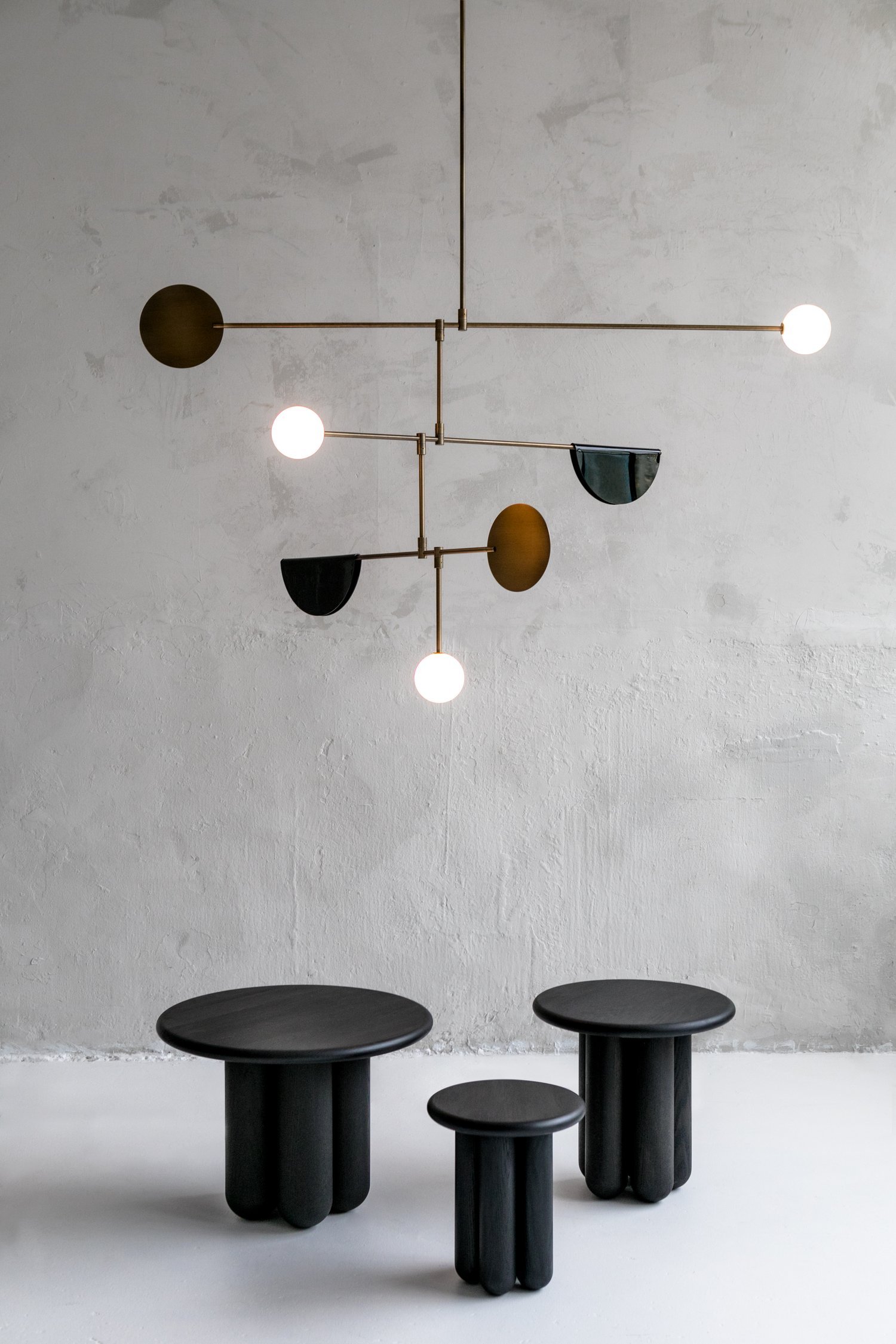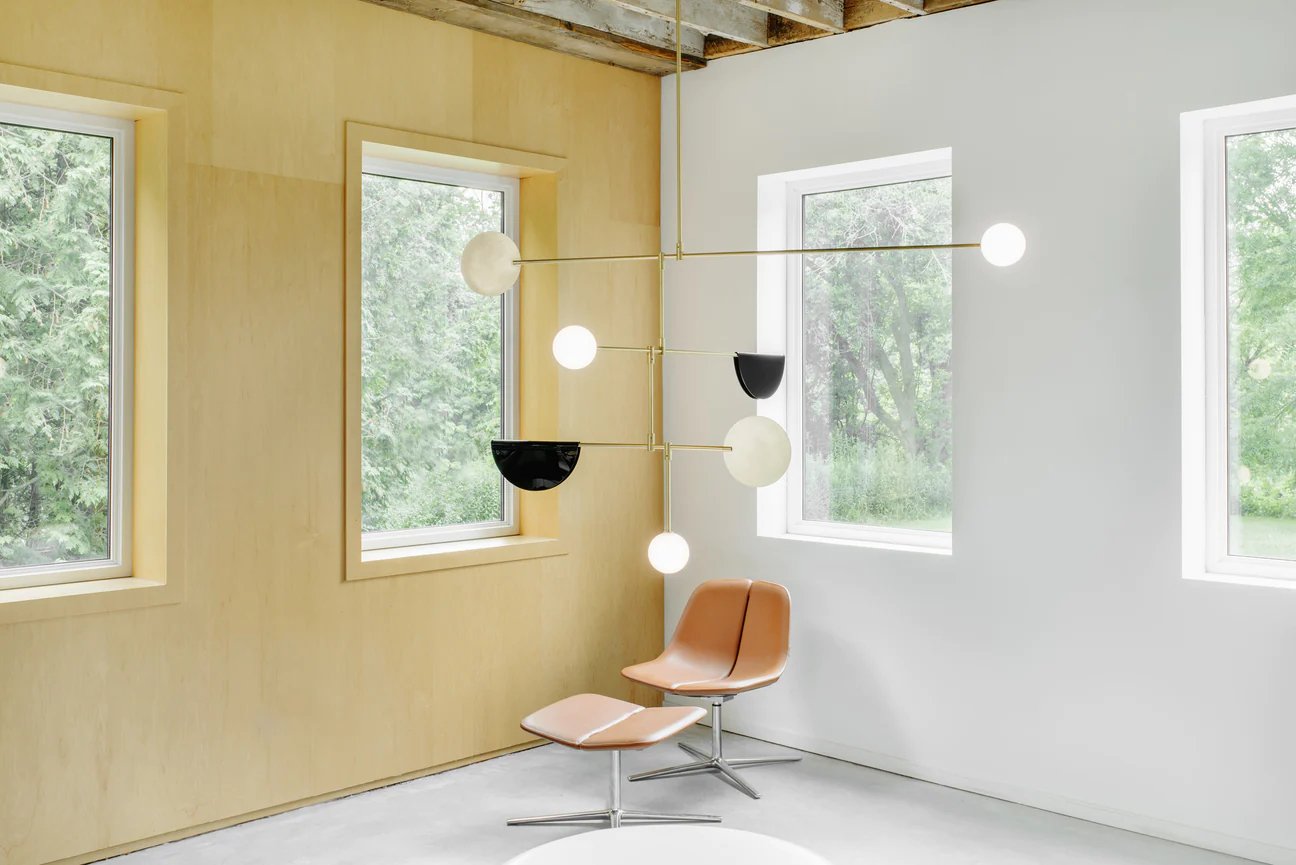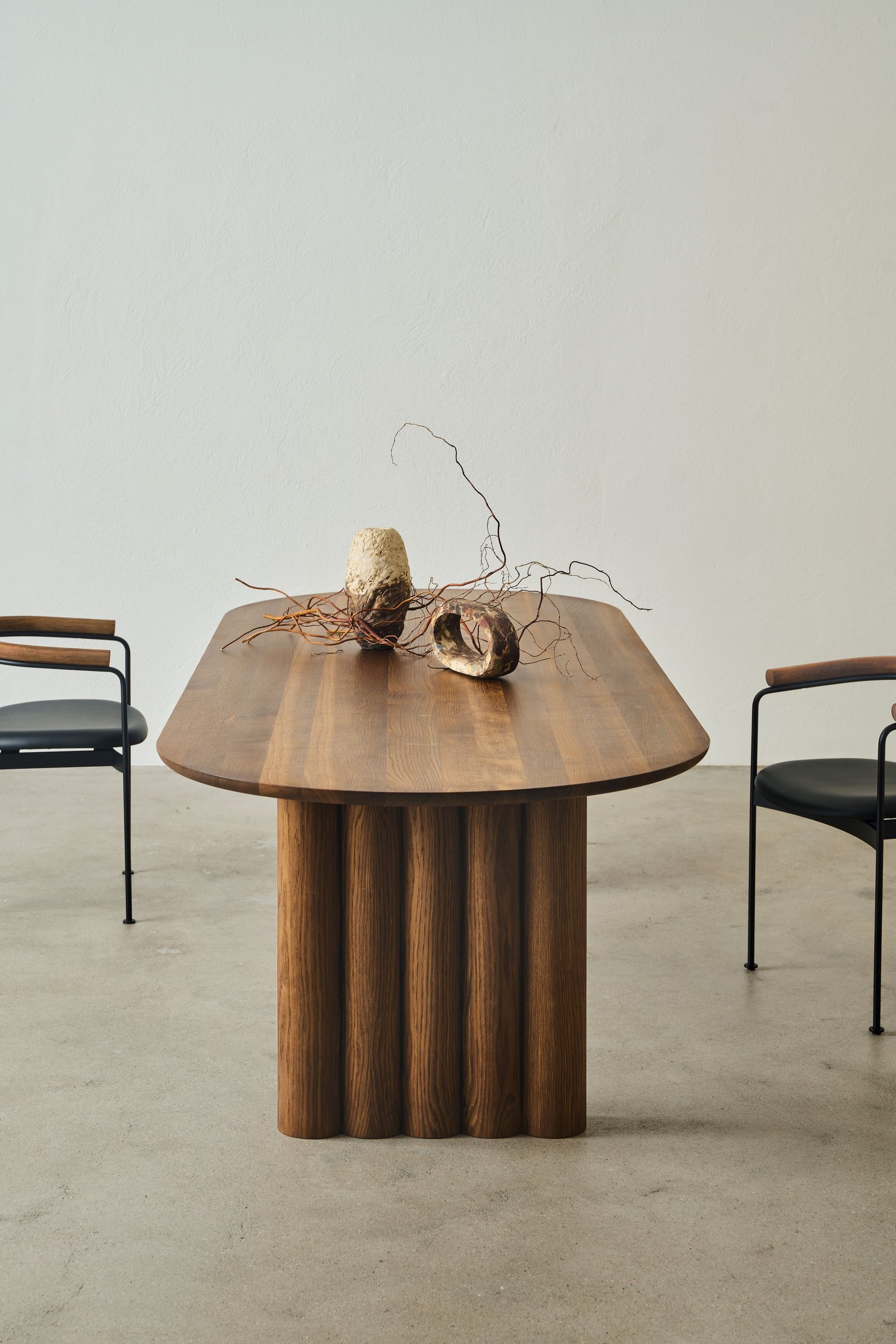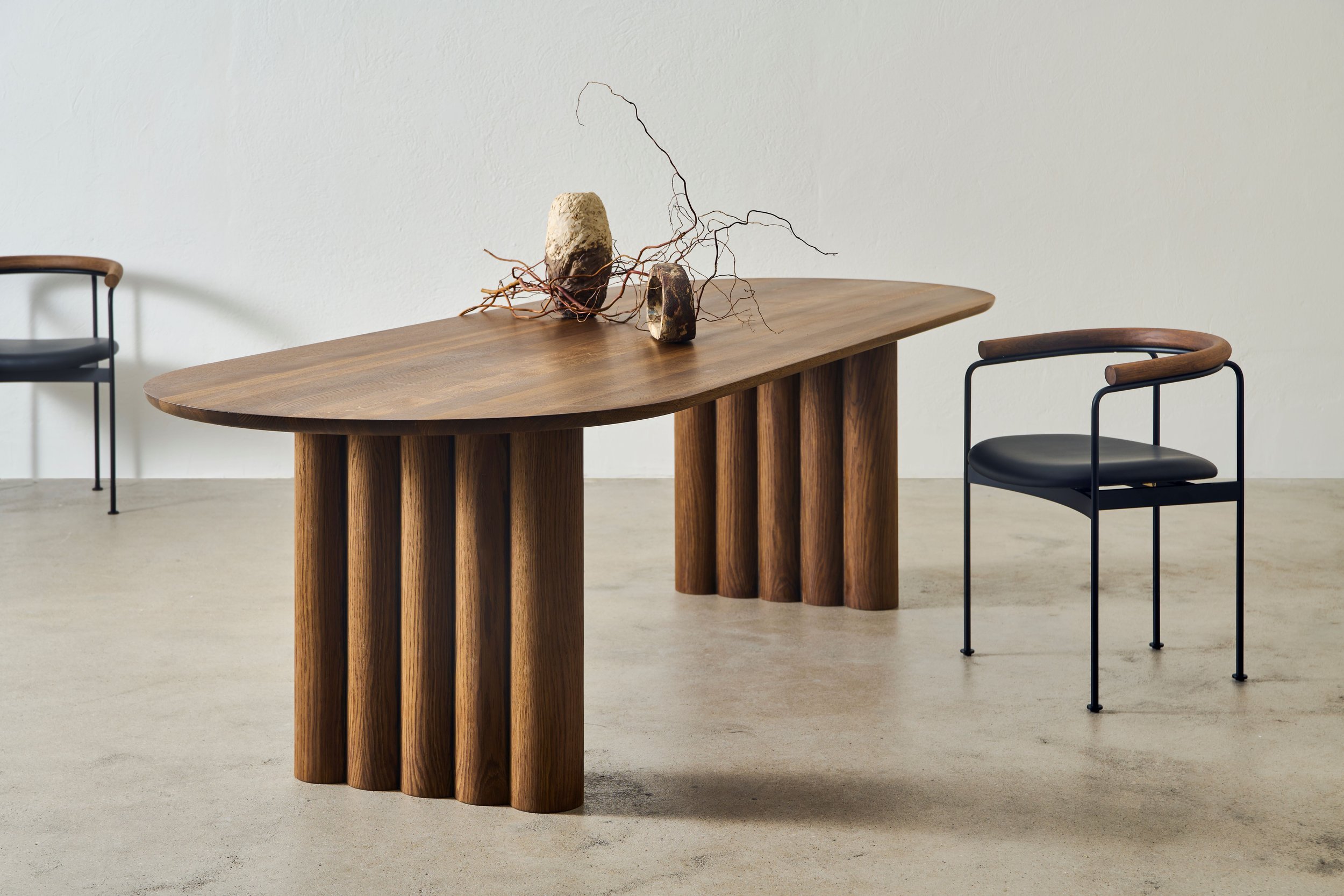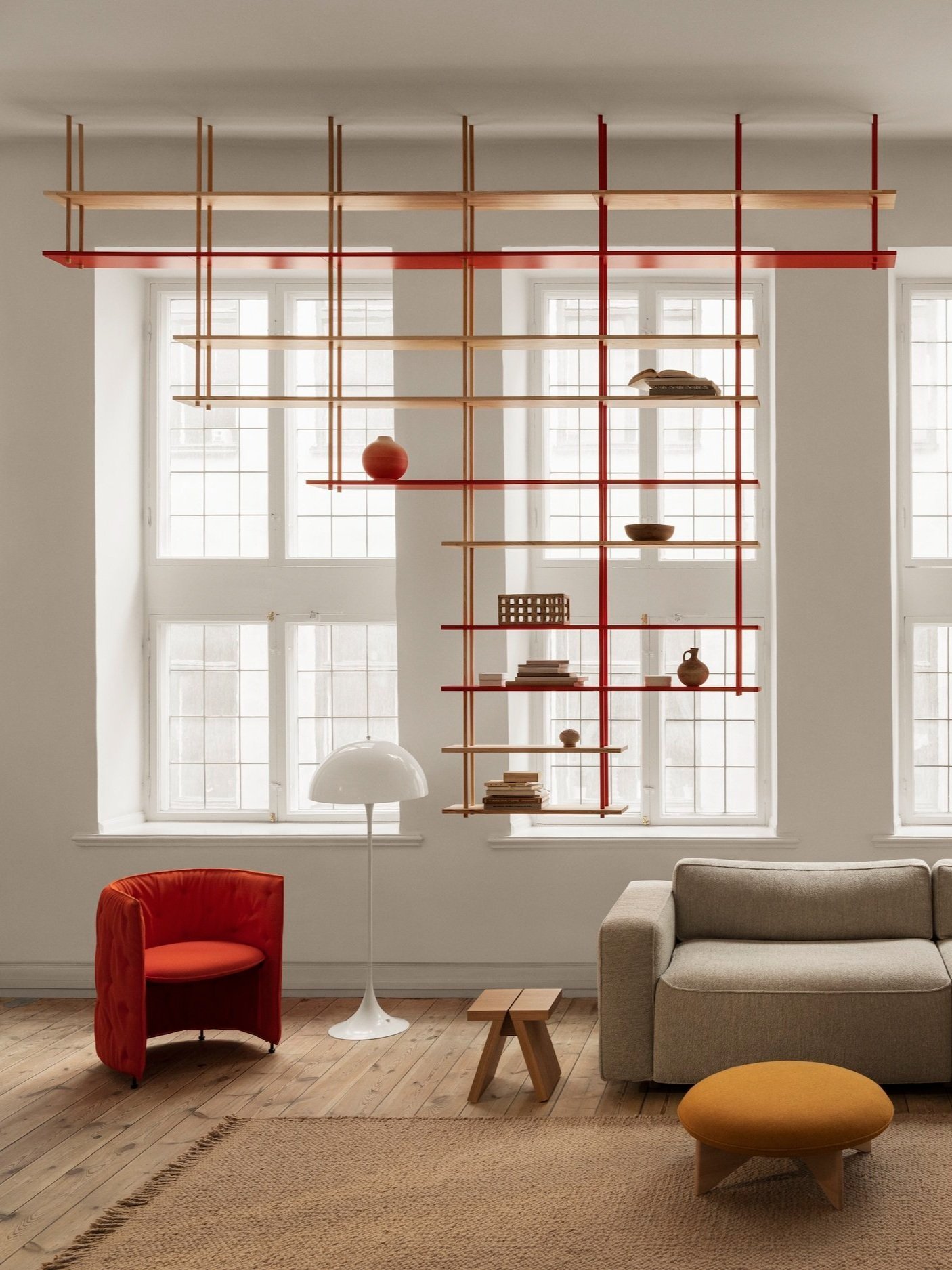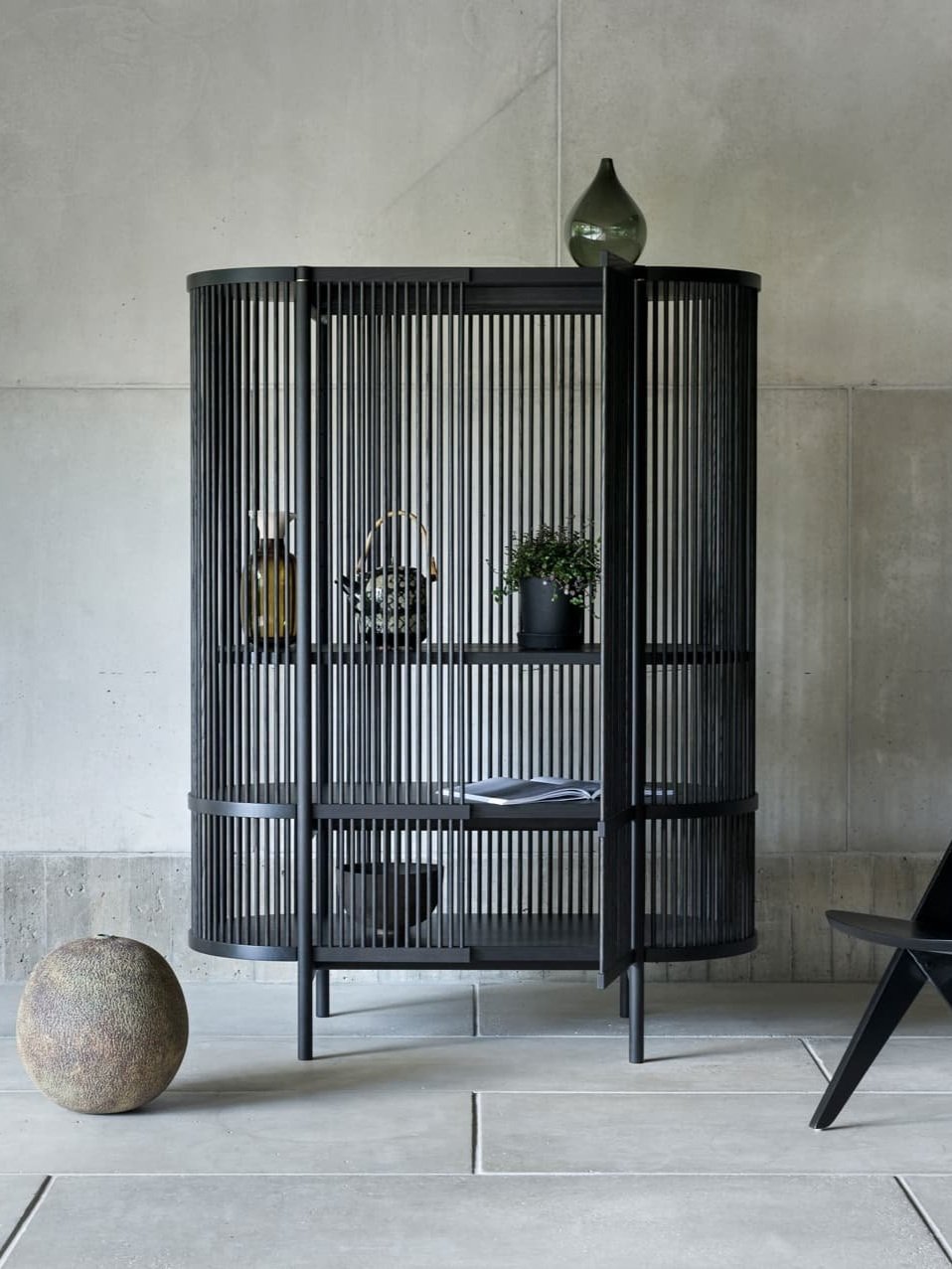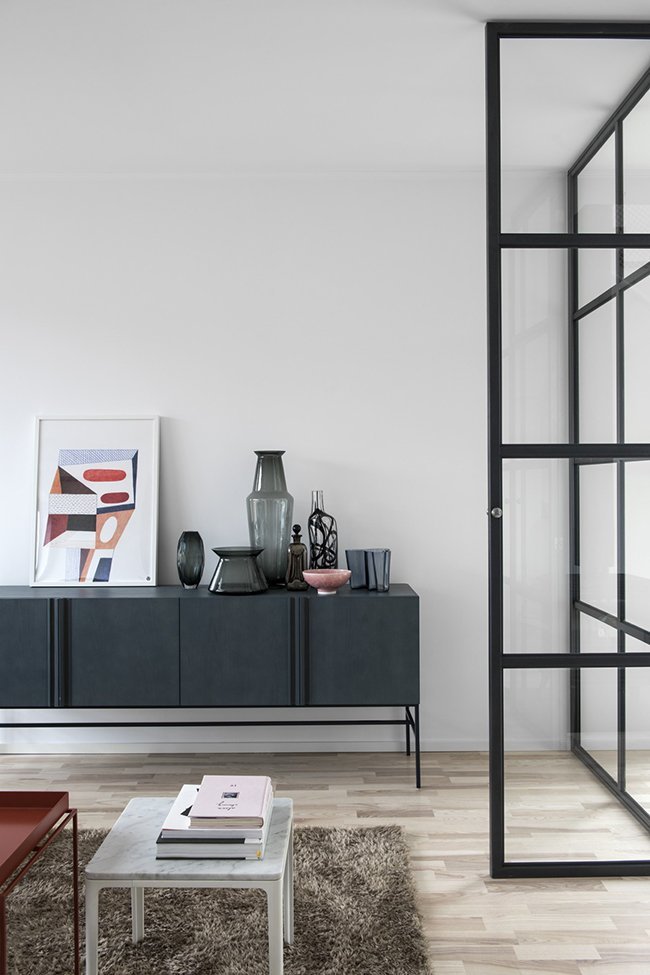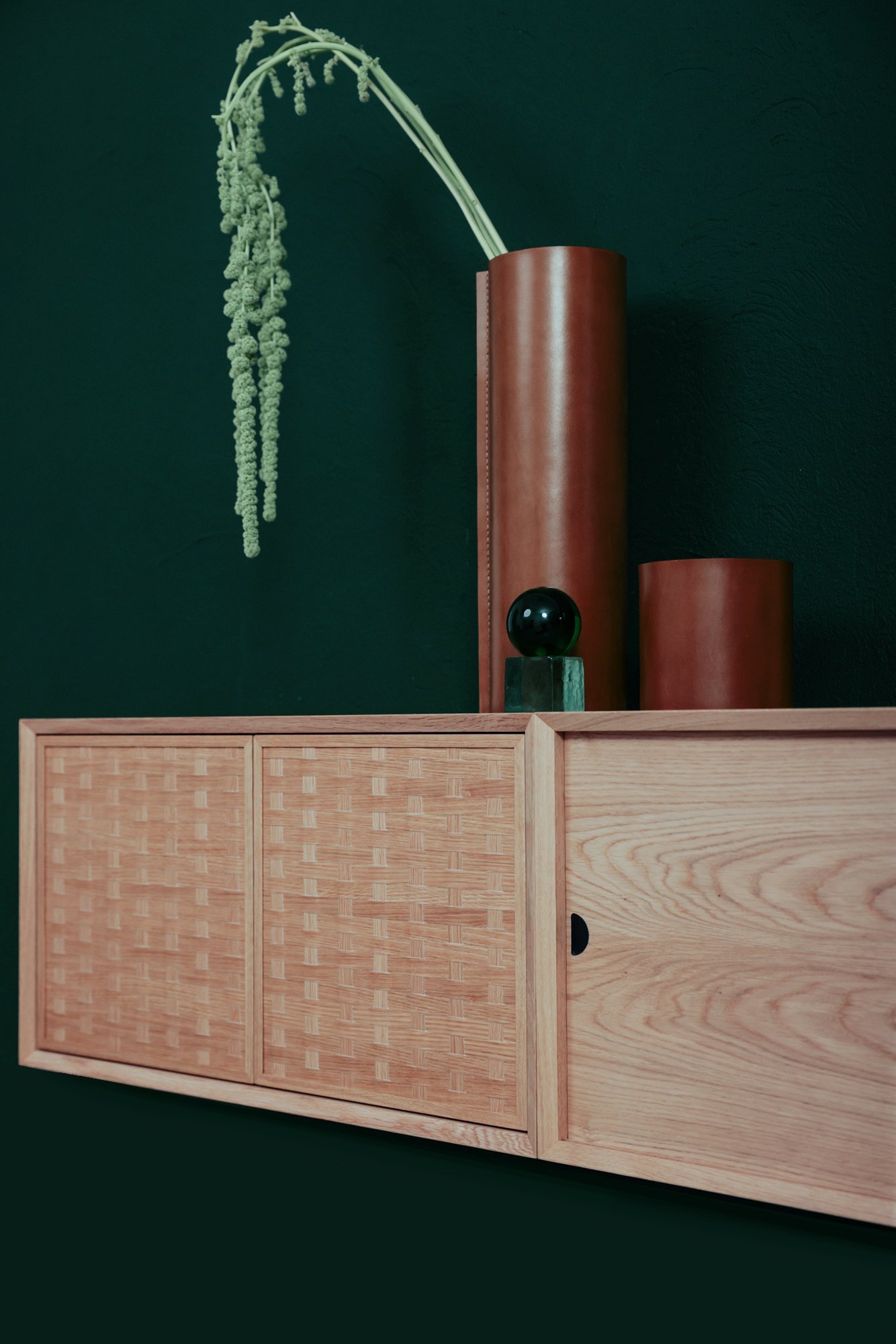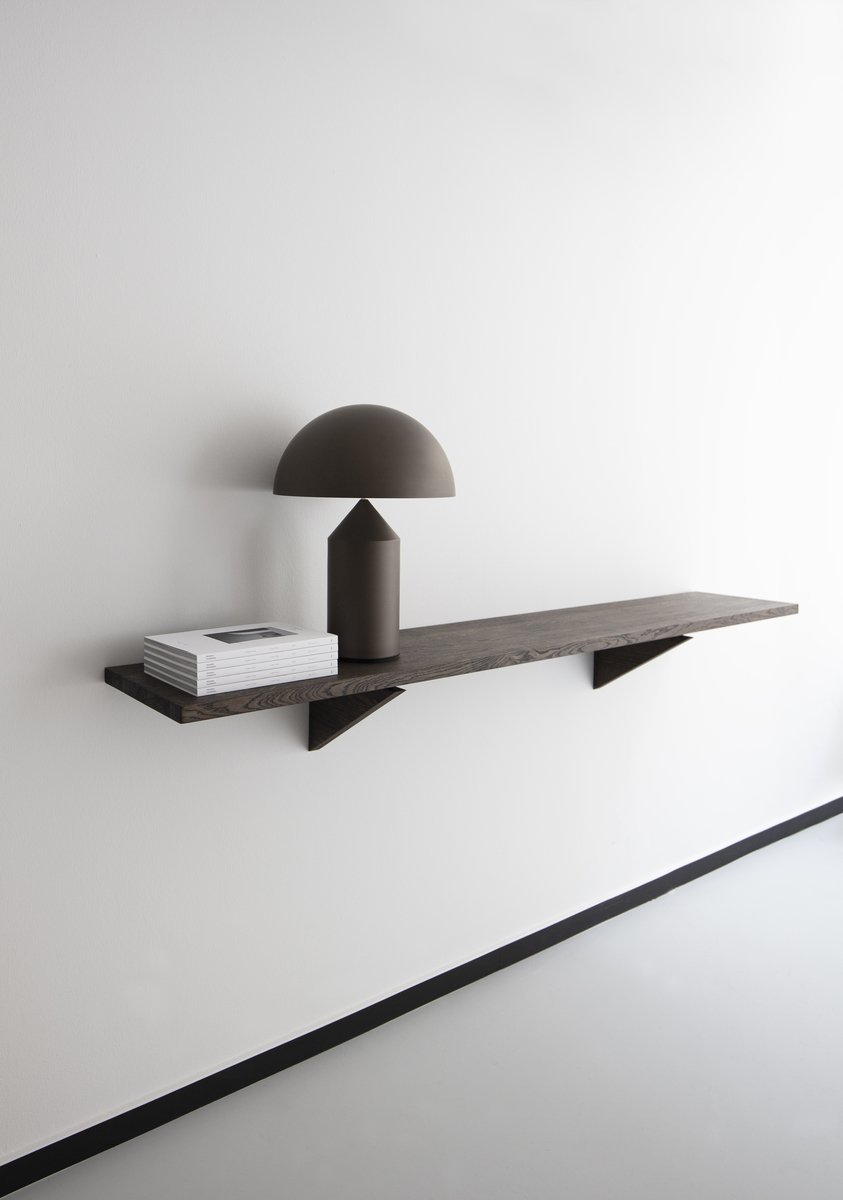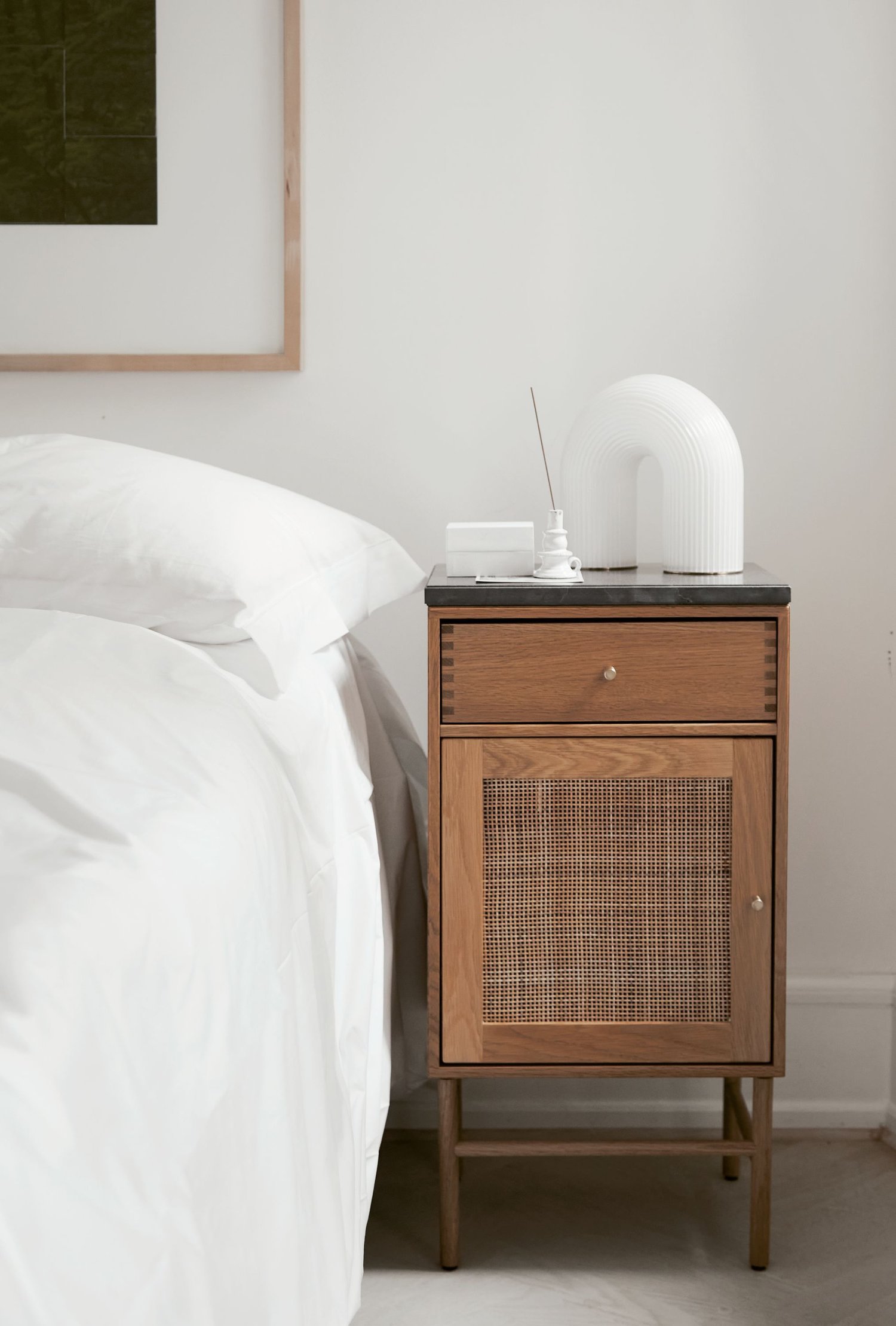Refine Your Space with Timeless Minimalist Design
In today's fast-paced world, many of us seek simplicity in our living spaces, which is where minimalist design shines. Minimalist design is more than just a style; it's a way of living that emphasizes functionality and simplicity.
From understanding the basics of minimalist design to practical advice on arranging your place, this article aims to explain how to achieve the best minimalist look. We’ll also discover how the furniture collection from Gestalt New York plays a crucial role in achieving this look for your space.
What Is the Minimal Design Approach?
The minimal design approach is all about keeping things simple and essential. Imagine walking into a room where everything has its place, and there's plenty of space to breathe. That's minimalism. This design style uses fewer colors, simple lines, and functional pieces to create a clean and calm environment.
For example, instead of an office crammed with furniture, a minimalist space might have a comfortable sofa, a sleek coffee table, and maybe a few pieces of art on the walls. The idea is to reduce clutter and focus on what's truly important.
What Are the Rules in Minimalist Designs?
Minimalist design in interiors follows a set of principles aimed at achieving simplicity and clarity. Here are the key rules that guide minimalist design.
Embrace Negative Space
Negative space, or the empty space around and between objects, is a cornerstone of minimalist design. Instead of filling every corner with furniture or decor, the focus is on the space itself, creating a feeling of openness and freedom. For example, an office might feature a simple, comfortable sofa like the Aqueduct Modular Sofa from Poiat. You can also add a coffee table and a single piece of artwork on the wall, allowing the space to breathe and contribute to its overall feel.
Choose Quality Over Quantity
In minimalist design, each piece of furniture or decor should be chosen for its functionality, beauty, or both. This doesn't mean everything must be expensive. One of the best examples that you could get is The Plush Table Oval, made from solid oak or walnut.
Use a Neutral Base Color Palette
A neutral color palette is fundamental to creating a minimalist place. Whites, beiges, greys, and other soft, muted colors help to create a calm and peaceful environment. These colors reflect light, making spaces appear larger and more open. Accents can be introduced through textures or a few well-chosen items in bolder colors, but the base palette remains neutral.
Implement Functional Furniture and Accessories
Every item in a minimalist design should serve a purpose. Furniture often features clean lines and is chosen for both its functionality and its form. Accessories, too, are minimal, with each piece selected to enhance or complement the space's aesthetic. For instance, a sleek, modern light like Anony’s Phase Chandelier not only provides light but also acts as a sculptural element within a space.
Declutter and Simplify
Decluttering is essential in minimalist interior design. This involves removing unnecessary items and keeping only what adds value or function to your life. Simplification extends to everything from the art on the walls to the number of cushions on the couch. This doesn't mean spaces should feel bare or devoid of personality, but rather that every element should contribute to the overall sense of harmony and balance.
Focus on Texture and Material
With a color palette that leans heavily on neutrals, texture and material become vital in adding interest and warmth to minimalist spaces. Natural materials like wood, stone, and linen can introduce subtle variations and depth. To achieve this look, you can consider adding more styles like Sibast’s AV Egoist Chaise Lounge.
Let in the Light
Natural light is another crucial element in minimalist design. It enhances the sense of space and brings out the true colors and textures of the materials used. Large windows, sheer curtains, and strategically placed mirrors can maximize light, contributing to an atmosphere of openness and tranquility.
Types of Minimalist Designs
Industrial Minimalism
Industrial minimalism combines the raw, unfinished look of industrial spaces with the clean lines and simplicity of minimalism. Furniture in this style is often made of metal, wood, and leather.
The color palette leans towards neutrals, like grays, blacks, and whites, allowing the structural elements of the space to stand out. Industrial minimalism is perfect for those who appreciate a modern, urban vibe without too much clutter.
Minimalist Bohemian
Minimalist Bohemian, or "Boho," brings together the free-spirited nature of Bohemian decor with minimalist sensibility. This style features a mix of simple furniture and a variety of textures and patterns from around the world.
Plants are a big part of this look, adding life and color to spaces. The furniture is straightforward and functional, but the accessories – like woven rugs, throw pillows, and tapestries – add character and warmth.
Scandinavian Minimalism
Scandinavian minimalism is known for its functionality, simplicity, and connection to the outdoors. This style uses light, muted colors (think whites, beiges, and light woods) to maximize natural light. Furniture is stylish yet practical, with clean lines, and often made from natural materials.
The style’s focus is on warmth and comfort, making spaces feel welcoming. Accessories are also kept to a minimum, with a preference for quality over quantity.
Japanese Minimalism
Japanese minimalism is influenced by the traditional Japanese concept of Zen, focusing on tranquility and balance. This style is characterized by open, flexible spaces, natural materials (like wood and stone), and a deep respect for craftsmanship.
Furniture is often low to the ground, and every object in the room has a purpose and place. Sliding doors and screens are used to divide spaces in a flexible way. Japanese minimalism is for those looking to create a serene, contemplative environment in their place.
Organic Minimalism
Organic minimalism is a fusion of minimal design and nature-inspired elements. This style emphasizes clean lines and simplicity, with a strong focus on natural light and materials such as wood, stone, and linen. The color scheme is neutral, with soft, earthy tones that connect the interior with the natural world outside.
Furniture and decor are also chosen for their organic shapes and textures, creating a sense of harmony and calm.
How To Make Your Space Look Minimalist?
Embracing minimalism doesn't mean you have to give up comfort or style. It's about making more room for what truly matters. Below, we lay out easy-to-follow steps to help you achieve a minimalist look, creating a space that feels both inviting and uncluttered.
Start With a Clean Slate
Before adding anything new, begin by decluttering. Go through each room and ask yourself if each item is either functional or genuinely cherished. If it doesn't serve a purpose or spark joy, it might be time to say goodbye. This process not only clears physical space but also helps you visualize the minimalist style you're aiming for.
Choose a Neutral Color Palette
A neutral color palette is the foundation of a minimalist place. Whites, beiges, and light grays create a calm, cohesive look and feel spacious and airy. You can add depth and interest with textures or a few carefully chosen pieces in a bolder color, but keep the overall palette muted for a serene atmosphere.
Invest in Quality Over Quantity
In minimalism, each piece should have a reason for being there. Opt for fewer, better-quality pieces that will last longer and won't need to be replaced frequently. For example, a well-made, comfortable sofa in a timeless style can anchor your space for years to come.
Opt for Multi-Functional Furniture
Choose furniture that can serve multiple purposes to maximize space and reduce clutter. A storage ottoman, for example, can provide seating and storage and even serve as a coffee table. This approach is particularly useful in smaller spaces, where versatility is key.
Keep Surfaces Clear
A hallmark of minimalism is clear, uncluttered surfaces. Keep countertops, tables, and other surfaces free from unnecessary items. This doesn't mean they have to be entirely bare—select a few pieces that enhance the space without overwhelming it, like a single vase of flowers or a sculptural lamp.
Use Storage Wisely
Good storage solutions like Fogia’s Bond Shelving System are essential in minimalism. They allow you to keep necessary items out of sight, contributing to a cleaner look. Use drawers, closets, and cabinets effectively, and consider built-in storage for a seamless appearance. Organize items so that everything has its place and can be easily accessed when needed.
Take Advantage of the Natural Light
Maximize natural light by keeping windows unobstructed. Sheer curtains or blinds can provide privacy while allowing light to flood in, making spaces feel larger and more open. Incorporate mirrors to reflect light and enhance the sense of space.
Decorate with Purpose
When it comes to decorating, think 'less is more.' Choose a few meaningful pieces of art or decor that really speak to you. Instead of a gallery wall, consider a single, impactful piece of art. Plants are also a great way to add life and color to a minimalist space without adding clutter.
Embrace Negative Space
Remember, in minimalism, empty space is considered an element of design. Resist the urge to fill every nook and cranny. Embracing negative space helps to create a sense of balance and allows the room's essential elements to shine. You can achieve this look by checking out our list of furniture made by well-known brands.
Regularly Reassess
Minimalism is not just a one-time effort but a continuous process. Regularly reassess your space and possessions, and be willing to let go of things that no longer fit your minimalist aesthetic or lifestyle. This ongoing commitment helps maintain a minimalist space that feels fresh and aligned with your current needs and preferences.
Want Minimalism? Consider Gestalt New York Furniture
If you're looking to embrace minimalism in your space, Gestalt New York is the go-to place for furniture that aligns with this aesthetic. Our collection of brands is all about blending simplicity with elegance, offering pieces that speak volumes through their understated beauty.
Gestalt New York curates furniture that combines functionality with style, ensuring every item, from lighting fixtures to rugs, enhances the sense of space and serenity in your space. Our selection from various designers includes contemporary, modern, and minimalist designs, making it easy to find pieces that fit your unique taste. Whether it's a minimalist table that adds character to your place or outdoor furniture that brings simplicity and elegance to your spaces, we have it all.
By working with a global community of designers and artisans, our team brings unique, high-quality pieces to your space. These aren't just furniture items; they're works of art that invite calm and order into your living spaces.



